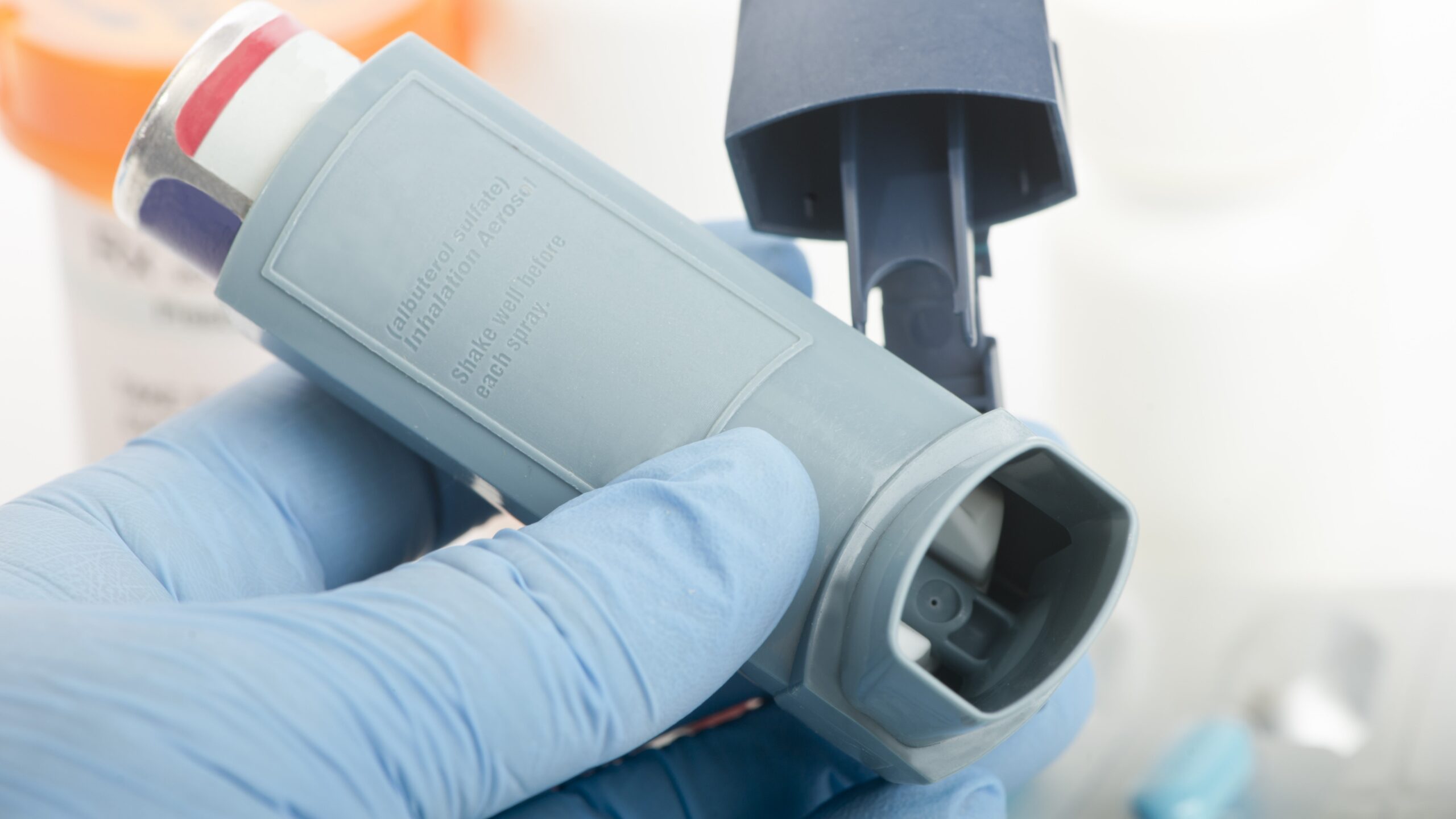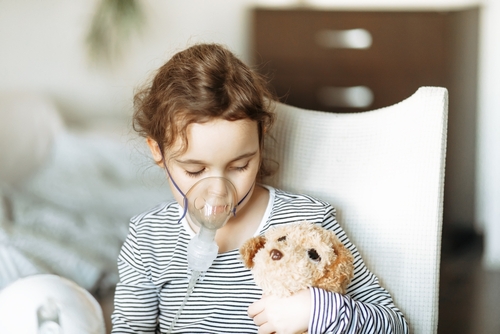
Authors of the EXHALE study evaluated the safety and efficacy of dexpramipexole for treating patients with eosinophilic asthma. The study’s lead author, Salman Siddiqui, BM, FRCP, PhD, highlighted a need for new and effective oral treatments for asthma, and that dexpramipexole had not yet been evaluated.
According to the article, published in The Journal of Allergy and Clinical Immunology, dexpramipexole effectively lowered asthma and blood absolute eosinophil count (AEC), and demonstrated a favorable tolerability profile among patients with moderate-to-severe uncontrolled eosinophilic asthma.
The double-blinded, proof-of-concept randomized controlled trial randomized 103 participants with AECs ≥300/μL dexpramipexole 37.5 mg (n=22), 75 mg (n=26), 150 mg (n=28), or placebo (n=27) twice-daily. Treatments were administered for 12 weeks.
The primary end point of analysis was relative change in AEC from baseline to week 12. Secondary and exploratory end points were changes from baseline in pre-bronchodilator Forced Expiratory Volume over 1 second (FEV1) and nasal eosinophil peroxidase, respectively.
Is Dexpramipexole Effective in Eosinophilic Asthma?
Researchers found dexpramipexole significantly reduced the placebo-corrected week 12 to baseline AEC ratio in patients with moderate-to-severe uncontrolled eosinophilic asthma.
Specifically, the dexpramipexole 150 mg group had a 77% reduction (ratio, 0.23; 95% CI, 0.12-0.43; P<.0001), and the 75 mg group had a 66% reduction (ratio, 0.34; 95% CI, 0.18-0.65; P=.0014).
The EXHALE investigators also reported that dexpramipexole reduced the week 12 to baseline nasal eosinophil peroxidase ratio in the 150 mg group (median reduction, 0.11; P=.020) and 75 mg group (median reduction, 0.17; P=.021). Authors added that non-significant placebo-corrected improvements in pre-bronchodilator FEV1 were observed starting at week 4.
Overall, Dr. Siddiqui and colleagues suggested that oral, twice-daily dexpramipexole in patients with eosinophilic asthma effectively lowered eosinophil counts compared with placebo and was well-tolerated.







 © 2025 Mashup Media, LLC, a Formedics Property. All Rights Reserved.
© 2025 Mashup Media, LLC, a Formedics Property. All Rights Reserved.